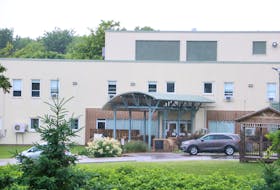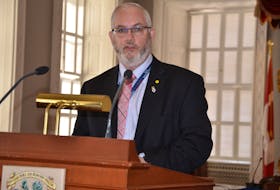Newfoundland has always had a unique relationship with both Canada and Britain, and Confederation has remained a hotly debated issue for nearly 70 years. While some embraced the new connection to Canada, others worried about what it would mean for Newfoundland’s cultural identity or for its centuries-old relationship to Britain. The Imperial Order of the Daughters of the Empire was a women’s patriotic organization aimed at maintaining an imperial connection between Britain and Canada, with chapters establish across Canada since the turn of the 20th century, and a chapter formed in Newfoundland that lasted from 1910 to 1930.
After a nearly 20-year hiatus, the order returned to Newfoundland in 1950. Newfoundland’s inclusion was a final step in the organization’s desire to unify Canada, and ultimately to modernize and assimilate outlying territories. The women of Newfoundland’s chapters, however, largely rejected the assimilationist ideals of the national organization and instead adopted a distinctly Newfoundland identity with its earliest chapters named Beothuk, Caribou, Old Colony, and Shanawdithit.
The absence of order chapters in western Newfoundland was not rectified until after Queen Elizabeth II’s visit to Corner Brook in 1959, with the Elizabethan chapter of the Imperial Order Daughters of the Empire formed in the same year. The Queen’s visit reinvigorated Newfoundland’s imperial connection, and as Corner Brook was incorporated as a city just a few years prior, civic and cultural identity was on the minds of many residents.
Very little attention has been paid to this group and its activities in the decades following Confederation. Even the order’s own website erroneously claims that the western Newfoundland chapters did not emerge until the 1980s. However, visit the Corner Brook Museum and Archives or peruse issues of The Western Star from the 50s, 60s, and 70s, and you will see evidence of an active women’s group engaged in building civic identity through its philanthropic work. The order is part of the story of how Corner Brook responded to Confederation, how it saw itself as city, and how residents have shaped the history of our region.
I am currently conducting research about this group. If you have any information about the Newfoundland chapters of the Imperial Order Daughters of the Empire, I would be pleased to hear from you. I can be contacted at [email protected]
Dr. Bonnie White is a history professor at Grenfell Campus.









